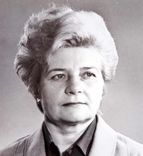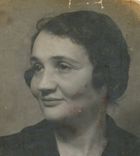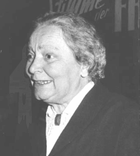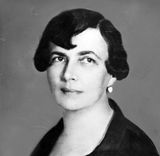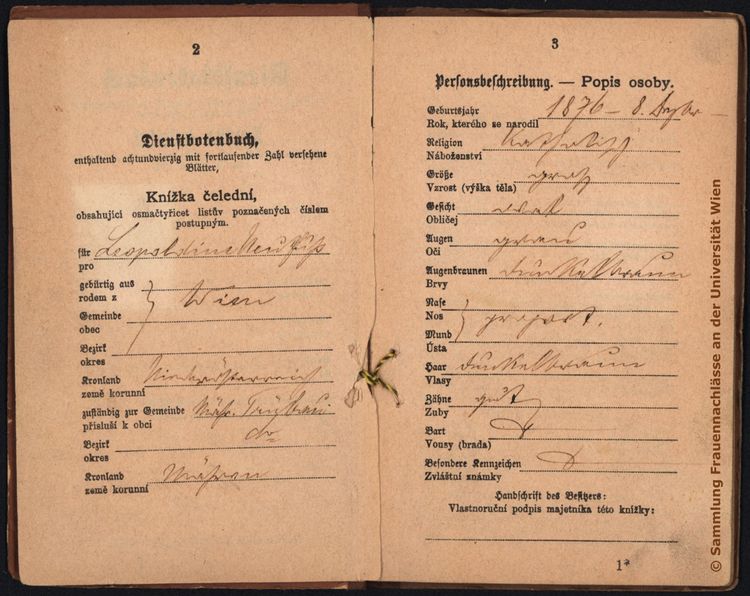Introduction: Women’s Labour Activism in Central, Eastern, and Southeastern Europe
The activism of women from Central, Eastern, and Southeastern Europe has long existed in the shadows of mainstream historical narratives. Traditional labour histories tended to focus on men, particularly in branches like mining or heavy industry, typically in locations like Manchester, the Ruhr Area or Chicago. Meanwhile, women’s movements tended to highlight middle-class struggles for suffrage or legal rights, usually in Western democracies. In between, a vast and complex history of working women in and from places like Hungary, Bulgaria, Turkey, and Ukraine, among others, has been largely overlooked.
Turbulent Past, Diverse Activisms
Central, Eastern, and Southeastern Europe has had a turbulent history. Today, it includes countries that were once part of sprawling empires – the Austro-Hungarian, Russian, and Ottoman – and later went through periods of nation-building, state expansion, authoritarianism, state socialism, and post-communist transition. Throughout the twentieth century, borders and political regimes shifted frequently and often violently, and with these changes came new ideas about work, gender, and society. Women entered mass politics and social movements. At times, governments were able to adopt and pursue ambitious social welfare policies, but there were also periods when countries collapsed into war or economic chaos. Some regimes promoted gender equality, though always on their own terms, and faced challenges from women activists dissatisfied with limited progress. In other contexts, women’s labour activism emerged through both cooperation with and resistance to state institutions. Women activists worked within these political systems even as they openly criticized them.
Amid such political turbulence, women in the region found ways to fight for better working conditions, childcare, fair pay, and the recognition of their labour. Their activism wasn’t limited to the factory floor – it extended into communities, kitchens, co-operatives, government offices, trade unions, political parties, and parliaments.
One striking feature of the region’s complex history is that women didn’t only respond to local or national issues. They often built cross-border alliances, like the Austrian and Hungarian metalworkers who cooperated across the Iron Curtain in the 1980s, defying Cold War divisions. Many women were deeply involved in international organizations despite facing material hardship, language barriers, and limited access to political power.

Mass social movements took different shapes (Women exercising in a stadium, Czechoslovakia, ca. 1938, source: Topfoto)
Overcoming Silences
The silence around women’s labour activism isn’t simply due to neglect: it also has to do with how history itself has been written. On the one hand, traditional labour history tends to focus on class but has often ignored the experiences of women, especially those working in “invisible” roles in domestic service, agricultural labour, and informal caregiving. On the other hand, the history of women’s movements has often been written from the perspective of urban, educated, middle-class women, who highlighted their struggles for legal or political rights but overlooked class differences.
Women labour activists in this region often found themselves caught in between. They were marginalized in both mainstream labour movements (which were usually led by men) and elite feminist circles (which frequently overlooked working-class concerns). They took many paths to make their voices and interests heard: inside trade unions, in grassroots groups, or within state institutions when that seemed like a path open to them. Some aligned with socialist or communist parties, others founded their own organizations, and still others were conservatives. Some were reformers, whereas others were revolutionaries. Throughout the twentieth century, women from this region took part in international organizations like the International Labour Organization, the World Federation of Trade Unions, and the International Confederation of Free Trade Unions. They travelled, debated, wrote reports, and built networks. But their contributions have often been erased or downplayed.
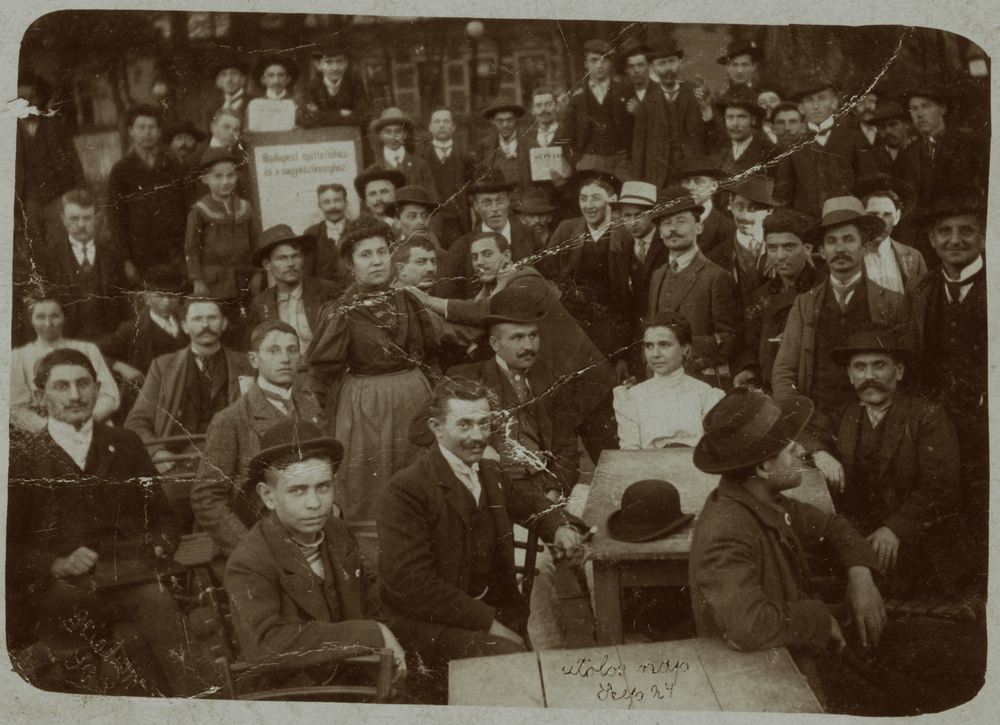
Construction workers' strike camp, Green Hunter restaurant, Budapest, Hungary, 1903 (Source: Hungarian National Museum)
What is Activism?
One reason this history is so compelling is that it forces us to reconsider what labour activism actually means. It wasn’t always contentious, although many women also resorted to open conflict and even violence. It wasn’t always connected to a trade union or political party, although many women managed to build prominent careers in organizations dominated by men. The adoption of a landmark law or decree did not mean the end of activism; to the contrary, the enforcement of laws required strenuous, though often hidden activist work. In many cases, women’s labour activism unfolded far away from factories or street rallies, and it was deeply embedded in everyday life.
During the interwar years and under state socialism, some women fought for equal pay and safer working conditions. Others pushed for better childcare, housing, and education. Some helped organize strike kitchens and cooperatives, while others used their roles as civil servants, researchers, and union leaders to shape policies from the inside. Some women helped implement social support systems like childcare and extended maternity leave by doing research and drafting policy proposals. Even migration could be a form of activism – an attempt to improve one’s life chances. And many women who appeared to be “just” mothers or housewives opposed unfair systems through everyday acts of care, consumption, and community support.
Women’s activist methods were shaped by class, ethnicity, and access to education. Some activists were part of dominant groups; others were Jewish, Roma, Muslim, or migrants, facing multiple layers of discrimination. These intersecting differences shaped not only the challenges women activists faced but also the goals they pursued and types of action they took.

Poster for the European conference of Turkish woman migrants, 1985 (Source: IISG)
Why It Matters Now
One of the most striking aspects of this history of activism is how much continuity there has been across time. Despite all the regime changes, some core issues taken up by activists have remained remarkably similar. Today, at a time when labour struggles and gender inequalities continue to make headlines around the world, the experiences of women from the region offer something vital. They show how people navigated major political shifts – from imperial collapse, war, the advent of authoritarian regimes, fascism, socialism, and post-socialism – and still managed to fight for dignity and justice. They remind us that activism doesn’t have one shape or emerge from one ideology. And they complicate conventional stories of progress, offering instead a richer and more varied history of how change happens.
Putting these women’s stories at the centre of histories of activism also helps reshape global labour history. Too often, countries in Central, Eastern, and Southeastern Europe are treated as peripheral and are either forgotten entirely or presented as strange exceptions to the “real” history happening elsewhere. But these lands were not passive backwaters: women here were agents of change, members of international networks, and they were sometimes far ahead of their Western counterparts in demanding social protections and equality. Their stories are essential for understanding the broader history of how women have shaped the world of work through struggle, persistence, and creativity.
